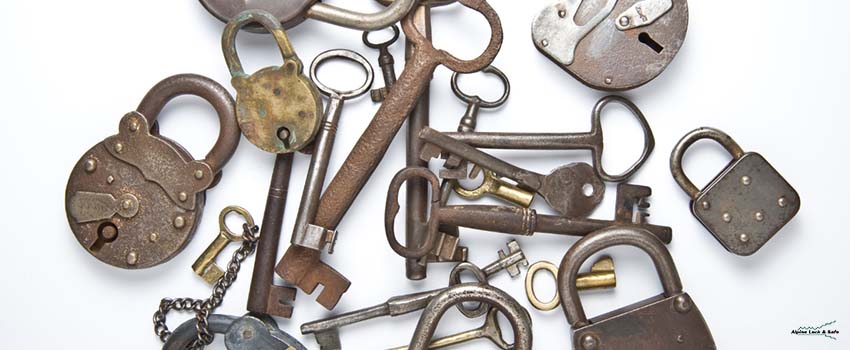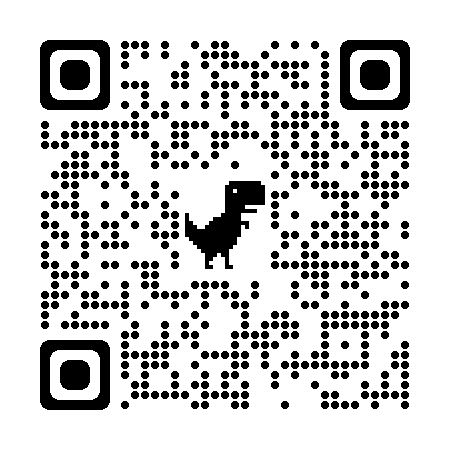It’s common knowledge that locks and keys play a vital role in our day-to-day lives.
You can find locks and keys practically anywhere, which is convenient if you need them to secure your house, business, or vehicle.
However, did you know that there is much more to these items than meets the eye? To expand our understanding, we shall dive and delve into the intriguing history of locks and keys. Everything will be covered in depth, from their earliest types to their function and surprising, entertaining facts all about locks.
Interesting Facts About Locks and Keys
Who Invented Locks
Historians believe that the Egyptians, who lived circa 3200 BC, were the first to use locks and keys. These locks were operated by an adult, likely a man. They used them to secure their doors at home.
When Were Locks Invented
In Ancient Egypt, a locksmith invented a basic but effective pin tumbler lock made completely of wood, which began the history of mechanical locks. It consisted of a horizontal bolt slid into a wooden post affixed to the door. With a series of holes filled with pins, this bolt was unique. The key was molded like a toothbrush and had pegs that corresponded to the lock’s holes and pins. It was a large and weighty wooden key. Locked pins and a security bolt can be moved by inserting and lifting this key.
What is the World’s Smallest Lock and Key
Russia has the world’s tiniest lock and key. Pavel Kulikov designed this tiny lock, which weighs only 1/100th of a gram and fits around the eye of a needle. As implausible as it may appear, it is a working lock.
Where to Find the Largest Padlock
The world’s most enormous padlock, according to the Guinness Book of World Records, weighs 916 pounds. This massive lock was created in 2003 by students and staff at a Russian arts institution.
When was America’s First Locksmith Company Established
On December 9, 1868, Linus Yale and Henry R. Towne established America’s first locksmith company, Yale & Towne Manufacturing Company. Linus Yale Jr., the company’s founder, later devised the tumbler lock, which Yale & Towne exported worldwide. The company remained in operation until 2001 before it eventually closed down.
Why is it Called Skeleton Keys
When you take a key and cut away the pieces that aren’t needed, you’re left with a skeleton key. It gained its moniker instead because the key was reduced to its fundamental essentials: two metal bits. They are also used for locked rooms if you have lost your key.
What are the Components of a Lock
A conventional lock is made up of only three parts: the body, the shackle, and the locking mechanism. The shackle is a U-shaped piece of metal on a padlock, whereas the body is the huge square or rectangular-shaped piece component into which the shackle is fitted. Finally, the locking mechanism is the inside component that allows the padlock to open and close.
When was the First Combination Lock Invented
James Sargent, a Vermont-born American locksmith and merchant, designed the first combination lock in 1857. Then, in 1865, he founded the Sargent and Greenleaf lock manufacturing company, which produced many types of old locks. The good news is that they are still in operation today.
When Did Key Duplication Start
Until 1917, keys were made to be one-of-a-kind. Key duplicating was invented this year. A blank key was carved into the same form as the original using a wheel.
What are Love locks
Locks, which are symbolic of love and marriage in many cultures, have long been used as love mementos. For years, lovers have flocked to the Pont des Arts bridge in Paris, France. Hundreds of thousands of locks had been affixed to the bridge’s grill work over the years, serving as a tribute to each couple’s love. Unfortunately, the enormous weight of the locks jeopardized the bridge’s structural integrity and forced their removal, but the practice has been repeated at bridges around the world.
Fun Trivia About Locks and Keys
- Only the wealthy in ancient China had locks and keys, and Chinese emperors and other nobility had padlocks designed like animals.
- Married Viking women were tasked with keeping the family keys, which was a great honor. Many Viking ladies attached keys to their garments as a status symbol to wear.
- The modern lock designs we use today were designed in the nineteenth century to prevent burglars from picking the locks.
- The locks of Fort Knox, where the United States’ gold reserve is kept, are protected by daily changing codes.
- Rope knots are also regarded as an early type of lock, as they were used by sailors to prevent tampering and to indicate when someone was attempting to interfere with their property.
- During the Middle Ages, municipalities would commit the keys to their property to an appointed key keeper, who kept all of the town’s keys.
- There is a nightly Ceremony of the Keys at the Tower of London in England, in which guards ritually shut the tower’s doors.
- Before becoming a magician, Harry Houdini worked as a locksmith.
- King Louis XVI enjoyed forging locks and keys.
- Master keys feature a unique serial number that allows tracking software to track keys to their particular holders.
Conclusion
The invention of locks and keys, which allow us to control and manage access to our property and things, has long been an essential component of human culture. Locks and keys have evolved over the millennia, yet they remain an essential component of our daily lives. Our front doors, safes, and cars are all equipped with locks you can unlock with a set of keys. With the fascinating facts and trivia mentioned above, we are now equipped with added knowledge, understanding, and value with every key in our hands.
Appreciate the history of locks and keys with Alpine Lock and Safe.
Locks and keys have a long and fascinating history, which locksmith in Avon are proud to be a part of by providing its local customers and surrounding areas with high-quality locksmith services. There is no job too big or small for us, as long as it can improve the quality of life of our customers. Call us now and experience the assistance you deserve.






